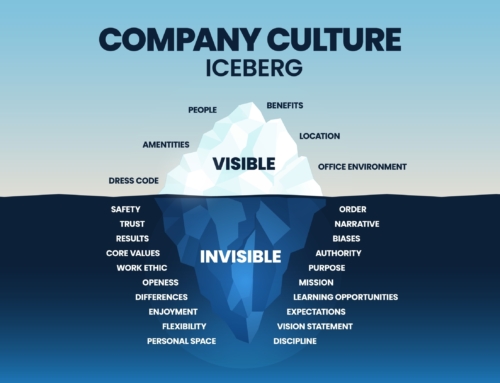Did you know that roughly 75% of employers will choose an outside candidate over an internal candidate for a role? There’s a plethora of research on this topic including its advantages and disadvantages. When there is known history and personalities involved, the ‘grass is always greener’ syndrome seems to kick in. However, in the business context this is not only a risky approach but also an expensive one.
With the massive acceleration in technology businesses are now finding that their work processes will change so dramatically in the next few years that they’re already predicting huge shortages in future skills and a wholesale ‘change out of staff’ sometimes to the tune of 40% as quoted by one of the major banks within the last 6 months.
When you’re talking about companies with staff in their thousands changing 40% of their staff, that represents an enormous cost, amongst other things. We do have a tendency to look outside for ‘better, or more likely just different, people’, but people from outside the organisation are not always the ‘Stepford’ employees and definitely represent a gamble.
So where is this going? Every organisation has the option of letting go of their current people, without the right skills, and employ people with the right skills; or keeping the people they know and redeveloping their skills in the areas where they’re needed. There is the timeless story of ‘Diamonds in your back yard’ and
smart companies explore that option,
do the people who work for you have the capacity to develop
or
are you willing to risk replacing them
and also taking the risk of ending up with people with the same issues or worse? Then there is the old adage ‘employ for attitude not for skills’ and your organisation is facing the same two key issues as every other organisation:
1. Do we develop our existing staff and create the future skills required.
2. Do we replace our staff with people with the right skills.
If we’re looking for people with the right culture, values and engagement
then keeping as many of your existing people as possible is smart.
Ultimately even putting people through extensive training may actually work out a better financial option. How do you go about that?
1. Assess those who want to stay and develop themselves
2. Do a skills gap analysis
3. Assess the gap
4. Evaluate the opportunity and cost the options
5. Action the plan
6. Assess the results
Leadership is another factor in this equation, engaged employees closely involved in the direction of the company are more receptive and enthusiastic to change and continuing to develop themselves. Organisations with poor leadership that minimised employee discretionary effort will always find it difficult to develop internally.
To move into the future, take all the factors into account and take a balanced view. No doubt, a combination of all the options is likely to be the answer.
Career Life Transitions has extensive experience in skills assessment, leadership development, organisational restructures and organisational cultural assessment and development. For further information, how we can help transform your business and it’s people, please contact us.














Dr Susan Roberts says: